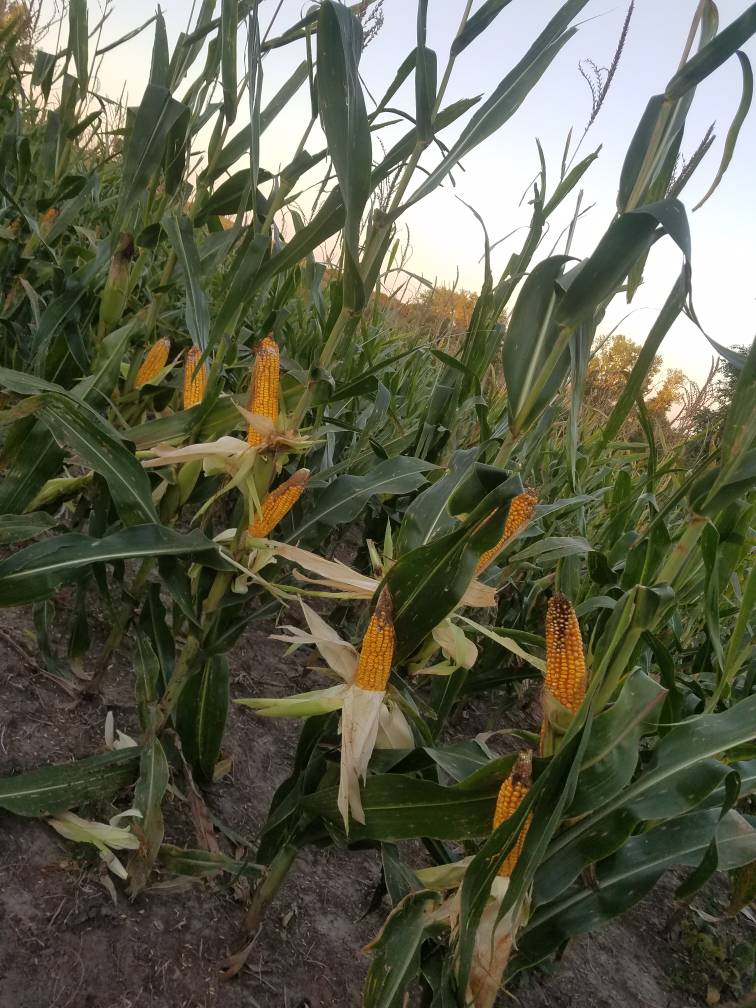struttingfool
Active Member
I have never planted corn before and looking for some knowledge for next spring. I found an IH two row corn planter this summer. It is in great shape and will need some minor TLC, that's my winter project is to get this corn planter into production. It has the fertilizer bins as well.
Here is my questions to get started. I was told that I will need to spray after planting of my corn or it will not produce. Is that true? I am not a big fan of spraying, I normally am a annual planter with a few small clover plots that I manage with mowing and not spraying. I am not looking for an extreme yield to corner the market with corn, just looking to plant some corn to help my local herd get thru the winter and use as an added draw. I plan on planting about 2 acres total.
Hope to get some pics of the planter on here after its cleaned up and ready to roll.
Thanks
Strut
Here is my questions to get started. I was told that I will need to spray after planting of my corn or it will not produce. Is that true? I am not a big fan of spraying, I normally am a annual planter with a few small clover plots that I manage with mowing and not spraying. I am not looking for an extreme yield to corner the market with corn, just looking to plant some corn to help my local herd get thru the winter and use as an added draw. I plan on planting about 2 acres total.
Hope to get some pics of the planter on here after its cleaned up and ready to roll.
Thanks
Strut






